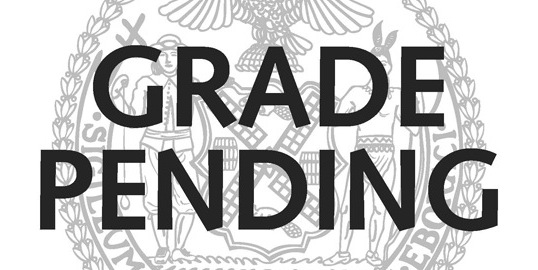How do you measure social innovation?
Posted on December 11, 2012 | posted by:
Ezio Manzini defines social innovation as “a process of change emerging from the creative re-combination of existing assets (from social capital to historical heritage, from traditional craftsmanship to accessible advanced technology), which aims to achieve goals that are socially recognized.” In the practice of social innovation, the goal is to develop a model for solving a particular problem that can be tested, reworked, and then ultimately scaled. However, the process of creating that model in the first place isn’t easy and requires a lot of time studying the context of the problem. In turn the position of design researcher is becoming more and more important, and design-led research more prevalent. However, one area in social innovation, which is often overlooked, is the role of the evaluator.
Much like the practice of ethnography, a measure of an innovative project’s success should include an in-depth look at the ongoing progress of the initiative at various stages. Beyond implementation, a project needs to be analyzed and interpreted as it evolves, adapts, and responds to various conditions. How the innovation should be adapted in response to the changing circumstances needs to be reflected upon by key stakeholders. This involves providing the time and resources for an evaluation of the innovation on a regular basis and asking the right questions.
What could this type of measurement look like?
There are a few tools that attempt to provide an evaluation of something’s sustainability. The Life Cycle Analysis looks at the whole system of a material good to assess its environmental impact. While it’s always helpful to look at the entire production process of anything in order to understand it, there is a lot of grey area that can’t really be take into account by this mechanism. Different designers’ methods and assumptions vary widely, as do the interpretations of the results. Then there is the whole array of various certifications one can get to label their practice or product as “sustainable”, “organic”, or “fair trade.” There is a lot of speculation on the validity of these third party organizations and whether their system for evaluating something is effective. In particular, LEED recently came under fire for allowing building owners to exaggerate their environmental achievements. This idea of “greenwashing” can easily translate into the realm of humanitarian design or social innovation.
How can the evaluation of social innovation be redesigned?
Perhaps a model can be developed in the same way that social innovation is born to begin with: through prototyping. Maybe it becomes a digital open source platform for critical reviews and feedback like Yelp. Or maybe it takes the form of a new design position, a design evaluator, who is part of the original collaborative team. This person could be trained on the same level that a design researcher is, but be able to contribute a different set of skills and expertise. Or maybe an organization is developed, much like the health inspectors that make surprise visits to bars and restaurants and rank different businesses based on certain criteria and then make that information transparent. Or it could take the form of a class called “Design Evaluation,” in the hopes of training more well-rounded transdisciplinary designers.
It’s not easy taking on complex social issues from a design perspective. And we learn that there is always more than one solution to any given situation. However, that doesn’t mean that there shouldn’t be some way to measure the success of those solutions.
Let’s design it.
